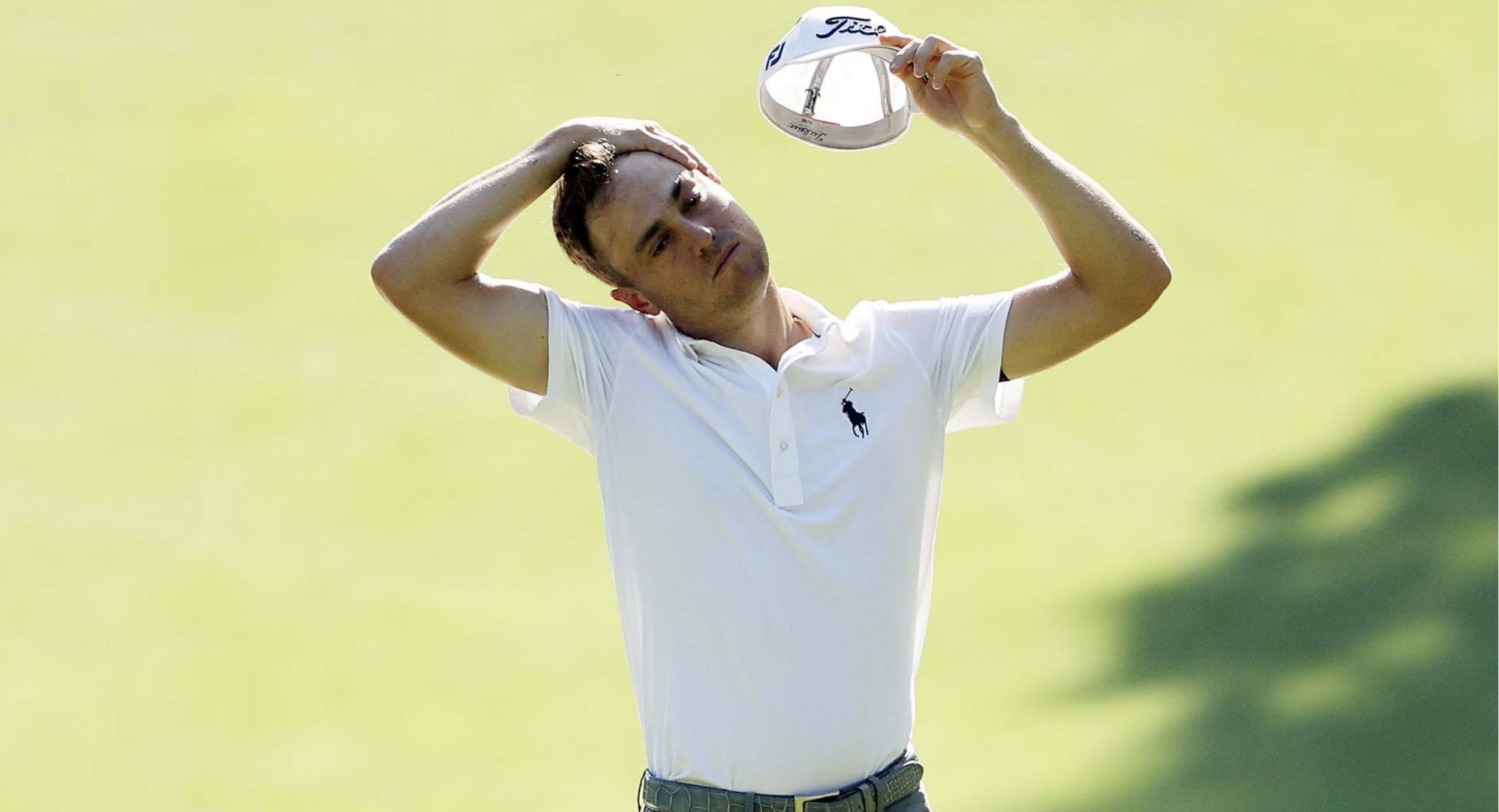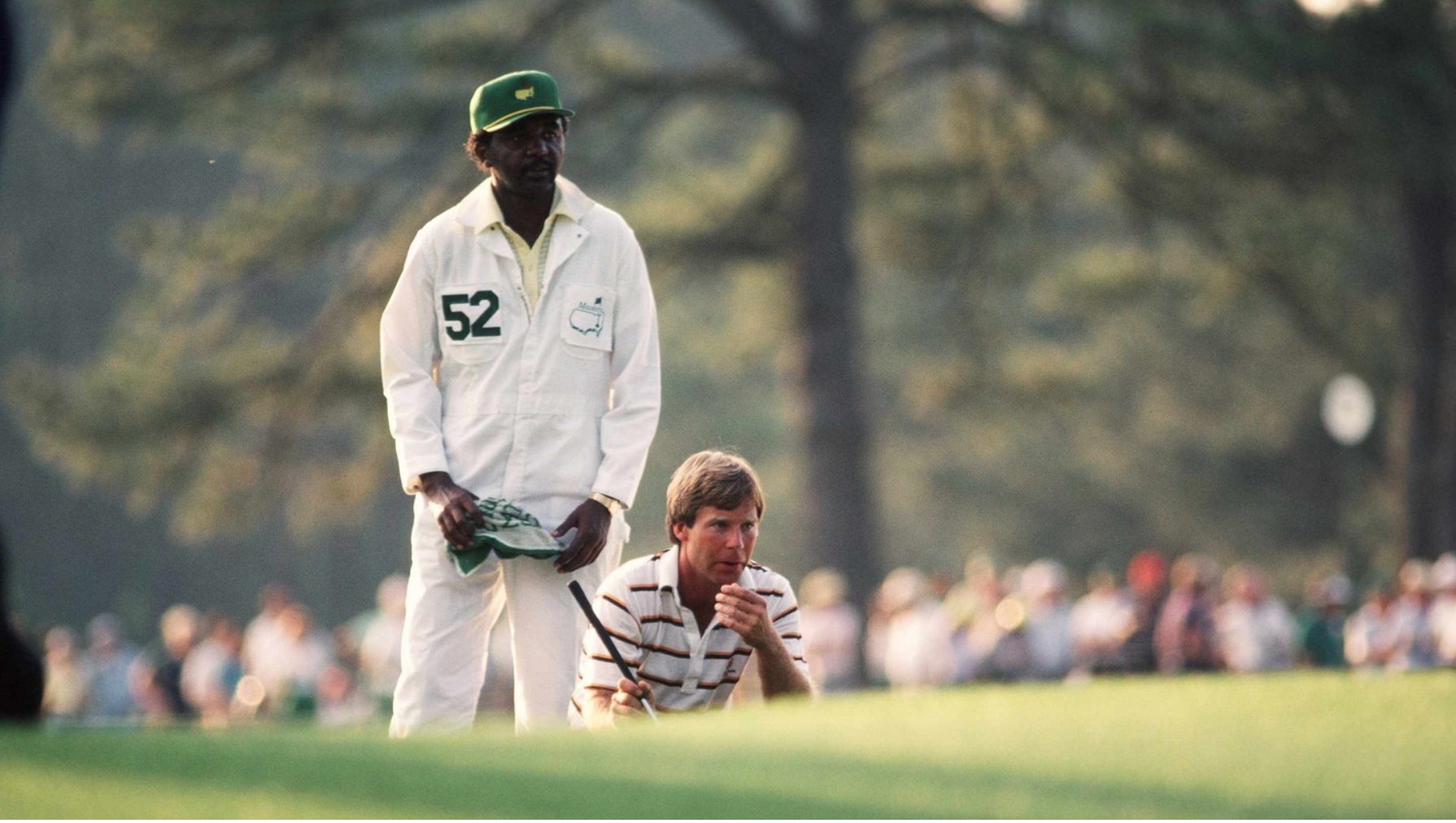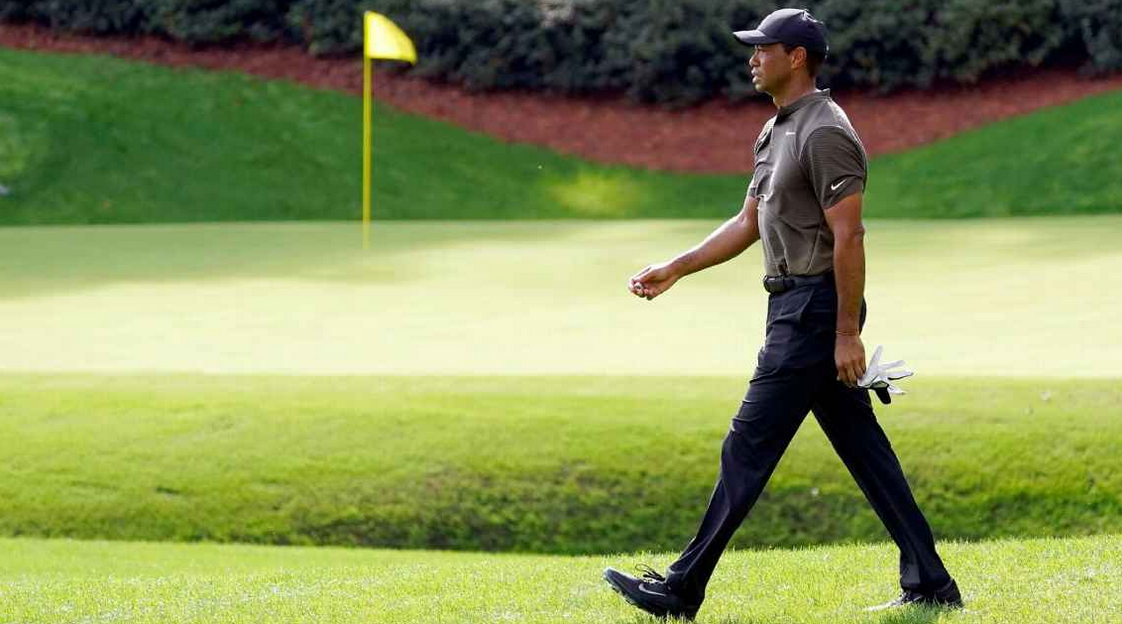Bill Fields wraps up the annual State of the Masters press conference featuring Chairman Fred Ridley, including details on some nice community outreach efforts prompted by this summer’s civil unrest.
Of course, there was the annual distance talk and Adam Schupak thankfully asked.
From Schupak’s look at Ridley’s comments on distance in response to Schupak’s question.
“I’ve been reluctant thus far to make any major changes regarding adding distance to the golf course,” Ridley said, forgetting, of course, that the club stretched the par-4 fifth hole, Magnolia, under his watch, to 495 yards in 2019. “I think sometimes when you do that, I mean, I think there are unintended consequences that come out of that. The scale and the scope of the hole, it changes when you add distance. It changes more than just adding distance. The look of the hole changes. And the design philosophy of the hole changes. And that’s something that we have always and I have always been very focused on is maintaining the design philosophy of MacKenzie and Jones.”
It’s a tad late on that front due to changes by previous administrations, but nice to see the Chairman gets that no walking back to tees to help tip toe around manufacturer bottom lines is, well, unbecoming.
“Having said that, I think we are at a crossroads as it relates to this issue. We have always been very supportive of the governing bodies; we will continue to be supportive. We think that it’s good that the game of golf is governed by the USGA and the R&A. We think they are great stewards of the game.
ish.
But I’m hopeful that with the work and the studies that have been ongoing for some time, and I understand that in April there’s to be some sort of publication of their conclusions, I do think that we’re coming closer to a call to action. And all I can say is that, as it relates to our golf course, we have options, and we will take the necessary action to make sure we stay relevant.”
Eh, why do I feel like that’s something on top of growing the fairways toward the tees, a practice unbecoming of the best major?
This was a nice acknowledgement of the issue for everyday courses. If on the governing bodies could say something like this AND act on it:
“We have options, as I said, we can make changes, but not every golf course can. Having said that, it’s a balance because the next question is, obviously, or should be, well, you don’t want to make the game harder,” Ridley said. “On one hand, we want to say we want to grow the game, and on the other hand, we’re saying we’re worried about distance.
Eh em…good time to mention the game has seen a huge uptick in play for reasons having nothing to do with longer, shorter, easier or harder? Anyway, sorry to interrupt Mr. Chairman.
“I think everybody just has got to get their head together and figure it out.”
Now there’s an idea! Don’t you all do that four times a year, asking for a friend?
Sadly, Ridley said the next update from the governing bodies is not expected until next April.
























